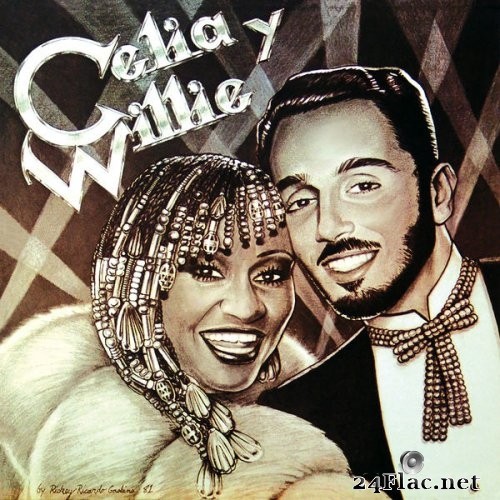

In addition to her prolific career in music, Cruz also made some punctual interventions as an actress in movies and telenovelas.

In her career she was awarded numerous prizes, recognitions and distinctions, including two Grammy Awards and three Latin Grammy Awards. Her musical legacy is made up of a total of 37 studio albums, in addition to many other special recordings, records in live or associations with other singers. Among the most famous are Quimbara, Burundanga, La Vida Es Un Carnaval and La negra tiene tumbao, among many others. Some of the songs performed by her are part of the cultural heritage of Latin America. Her career formed an invaluable legacy and inescapable reference for future generations who discover in her a powerful and prolific source of inspiration. Her constant evolution in the world of music, helped her to remain in force practically until her death and to conquer new generations of followers. During the last years of her career, Cruz had already become a myth of Latin American music. In the 1970s she was fully incorporated into the Salsa genre, especially after her musical association with other artists of the genre within the Fania All-Stars. Cruz continued her career, first in Mexico, and then in the United States, the country that she took as her definitive residence. In the 1960s, after the triumph of the Cuban Revolution, Cruz left her native country, becoming one of the symbols and spokespersons of the Cuban community in exile.

She began her career in her native Cuba, earning recognition as a vocalist of the popular musical group Sonora Matancera, a musical association that lasted fifteen years (1950-1965).


 0 kommentar(er)
0 kommentar(er)
